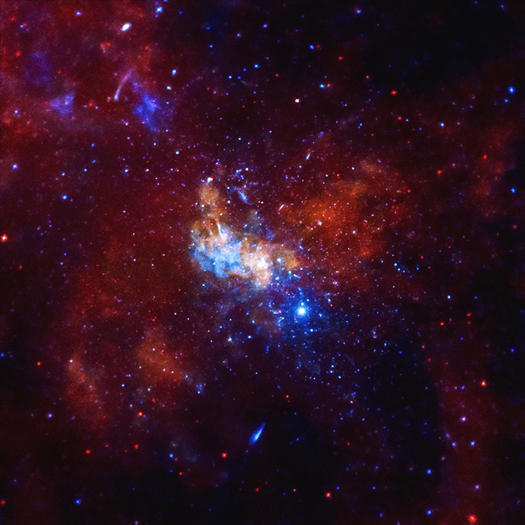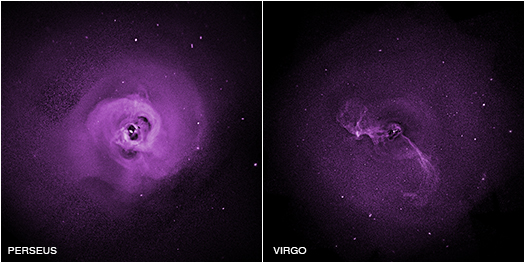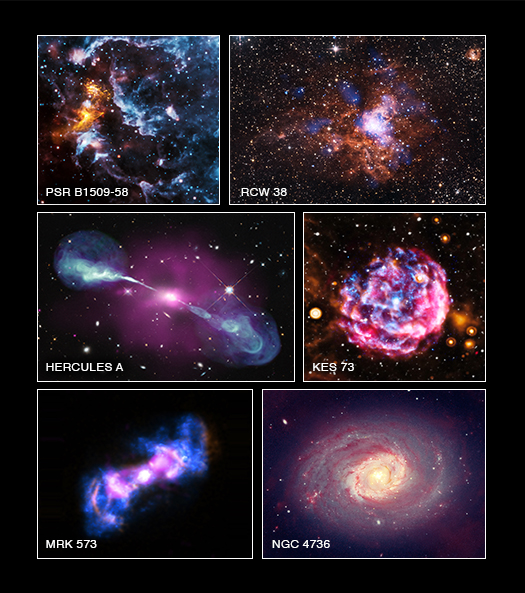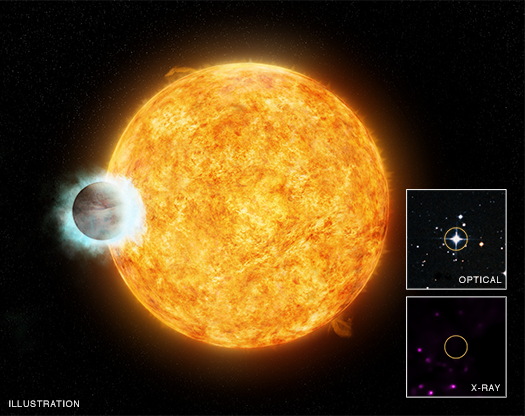A Lighthouse at the Heart of the Milky Way: Hunting Cosmic Neutrinos

Andrea Peterson
We are pleased to welcome Andrea Peterson as a guest blogger today. Andrea is a co-author of a paper reporting that the supermassive black hole at the center of our galaxy may be a source of highly energetic neutrinos, as explained in our latest press release. Andrea recently completed her Ph.D. at the University of Wisconsin-Madison, where she studied particle phenomenology. She is now a postdoctoral researcher at Carleton University in Ottawa, Ontario. She was born and raised in Minnesota, and received her undergraduate degree from Harvard University. She hopes to live somewhere warm someday.
Neutrinos are tiny particles that zoom through the universe at nearly the speed of light. They interact very rarely, so most of the time they pass right through you, me, or any object they encounter. Their ghost-like nature can be a boon for astronomers: they travel from their sources without getting absorbed or deflected. We can use neutrinos to get a clear picture of the very distant universe.
You may have noticed a problem, though. If they don’t interact very often, how can we catch them here on Earth? They have to interact with our detector to be seen!
The solution is size. The bigger the detector, the more stuff there is for the neutrinos to bump into, increasing the chances of detection. The IceCube Neutrino Observatory, located at the South Pole, uses a cubic kilometer of ice to trap neutrinos. In three years, this giant detector has collected 36 extremely energetic neutrinos that are likely to have come from astrophysical sources.
NASA X-ray Telescopes Find Black Hole May Be a Neutrino Factory
The supermassive black hole at the center of the Milky Way, seen in this image from NASA's Chandra X-ray Observatory, may be producing mysterious particles called neutrinos, as described in our latest press release. Neutrinos are tiny particles that have virtually no mass and carry no electric charge. Unlike light or charged particles, neutrinos can emerge from deep within their sources and travel across the Universe without being absorbed by intervening matter or, in the case of charged particles, deflected by magnetic fields.
Heating from Cosmic Chaos

Irina Zhuravleva
We are pleased to welcome Irina Zhuravleva as a guest blogger today. Irina is the first author of a new paper describing a crucial role of gas turbulence in interaction between supermassive black holes and hot gas in galaxy clusters, the subject of our latest press release. Irina studied theoretical astrophysics in the department of mathematics and mechanics at Saint Petersburg State University in Russia, followed by a PhD in astrophysics at Max Planck Institute for Astrophysics in Germany. After that she moved to San Francisco area as a postdoctoral researcher at KIPAC, Stanford University.
Chaotic, turbulent flows are commonly encountered in everyday life: swirling eddies of milk poured into coffee, flickering flames of a campfire, external flows over cars and ships, white froth from breaking waves in the ocean, quaint patterns of clouds in the sky and pyroclastic flow in a volcanic eruption.
NASA's Chandra Observatory Identifies Impact of Cosmic Chaos on Star Birth
These two Chandra images of galaxy clusters - known as Perseus and Virgo - have provided direct evidence that turbulence is helping to prevent stars from forming. These new results could answer a long-standing question about how these galaxy clusters keep their enormous reservoirs of hot gas from cooling down to form stars, as discussed in our latest press release.
Our Universe in Color
Today we released six new images from Chandra’s vast data archive. Each one of these astronomical images combines X-rays from Chandra with data from telescopes that detect different types of light such as infrared, radio, and visible light.
Chandra's Archives Come to Life
Every year, NASA's Chandra X-ray Observatory looks at hundreds of objects throughout space to help expand our understanding of the Universe. Ultimately, these data are stored in the Chandra Data Archive, an electronic repository that provides access to these unique X-ray findings for anyone who would like to explore them. With the passing of Chandra's 15th anniversary in operation on August 26, 1999, the archive continues to grow as each successive year adds to the enormous and invaluable dataset.
Chandra Awaits Comet Siding Spring's Approach to Mars
On October 19th, Chandra will join with telescopes across the world, in orbit around Earth, and even on and around Mars, as Comet Siding Spring makes an extremely close approach to the Red Planet.
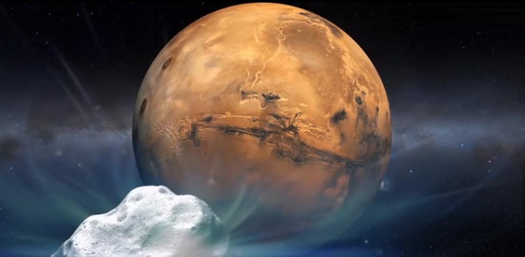
This is an extremely exciting event because scientists have determined this comet has been traveling for maybe a million years from the distant Oort Cloud. This will be the first time that humans have ever captured images of a comet from the Oort Cloud, which is an enormous reservoir of left over debris from the formation of the Solar System. (Previous observations and spacecraft visits of comets came from those that originated in the much closer Kuiper Belt.)
Suspected Black Hole Unmasked as Ultraluminous Pulsar
An Ultraluminous X-ray Source (ULX) that astronomers had thought was a black hole is really the brightest pulsar ever recorded. ULXs are objects that produce more X-rays than most "normal" X-ray binary systems, in which a star is orbiting a neutron star or a stellar-mass black hole. Black holes in these X-ray binary systems generally weigh about five to thirty times the mass of the sun.
How a Planet Can Mess Up a Star's Looks
Note: An earlier version of this article appeared on Peter Edmonds' blog.
Recently, beautiful photos of auroras have been in the news. These colorful light shows were generated by solar storms, and provide a vivid demonstration of activity on the Sun affecting the Earth. The pummeling experienced by our home planet is an example of our one-way relationship with the Sun: it can have a noticeable effect on the Earth, but the Earth has a negligible effect on the Sun. Further afield in the galaxy, this isn't always the case. In a few other systems planets can have a big effect on their star, changing their looks in surprising ways.

A spectacular picture of auroras by photographer Mike Taylor taken over Unity Pond in Waldo County, Maine on September 12, 2014. Credit: Mike Taylor photography.
NASA's Chandra X-ray Observatory Finds Planet That Makes Star Act Deceptively Old
A new study using data from NASA's Chandra X-ray Observatory has shown that a planet is making the star that it orbits act much older than it actually is, as explained in our latest press release. The artist's illustration featured in the main part of this graphic depicts the star, WASP-18, and its planet, WASP-18b.

